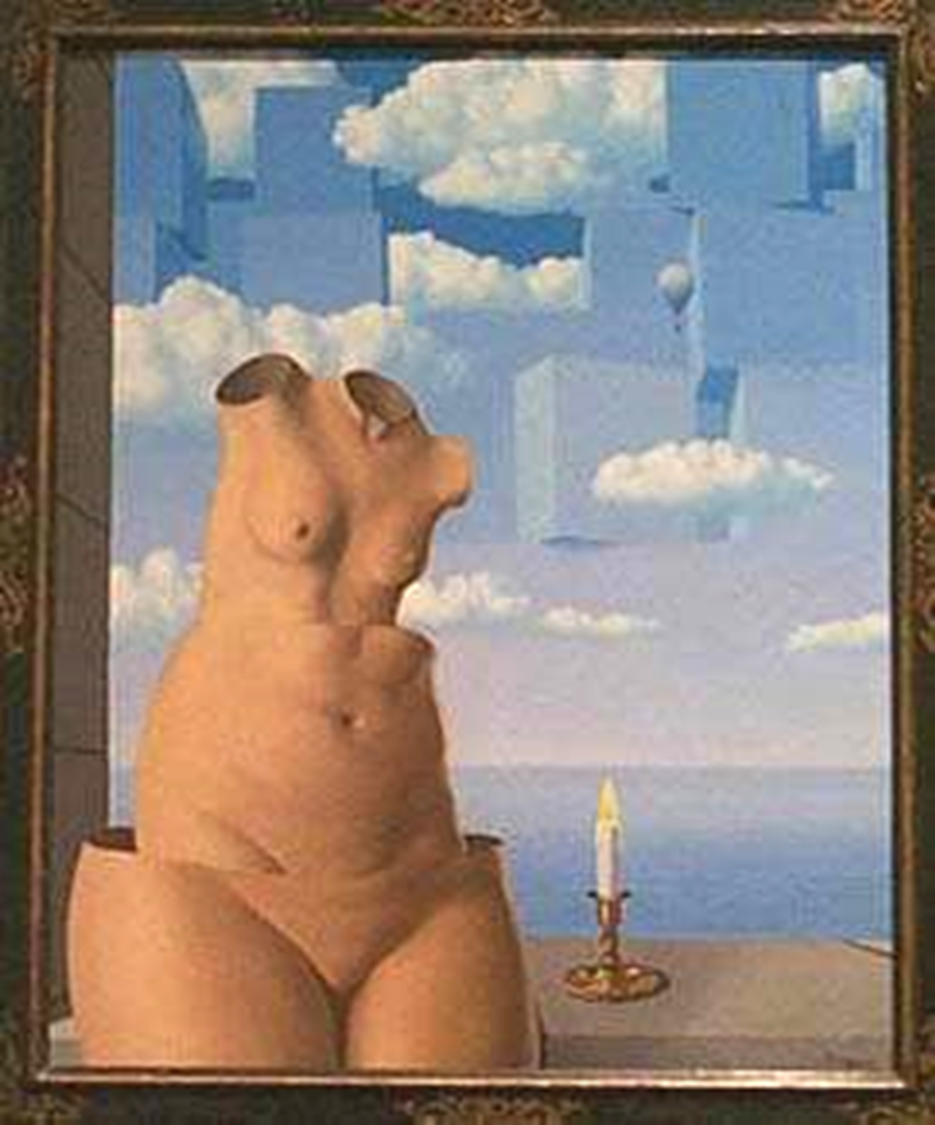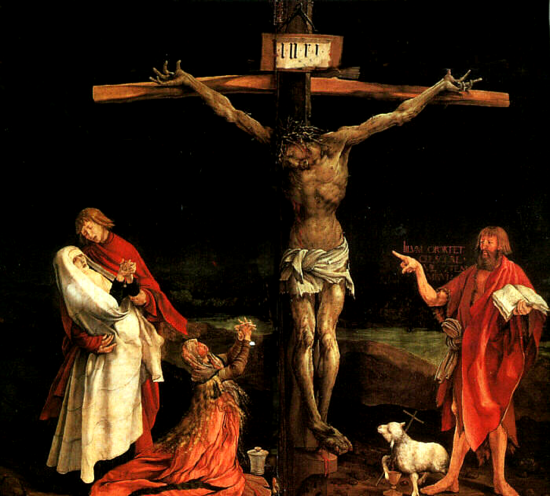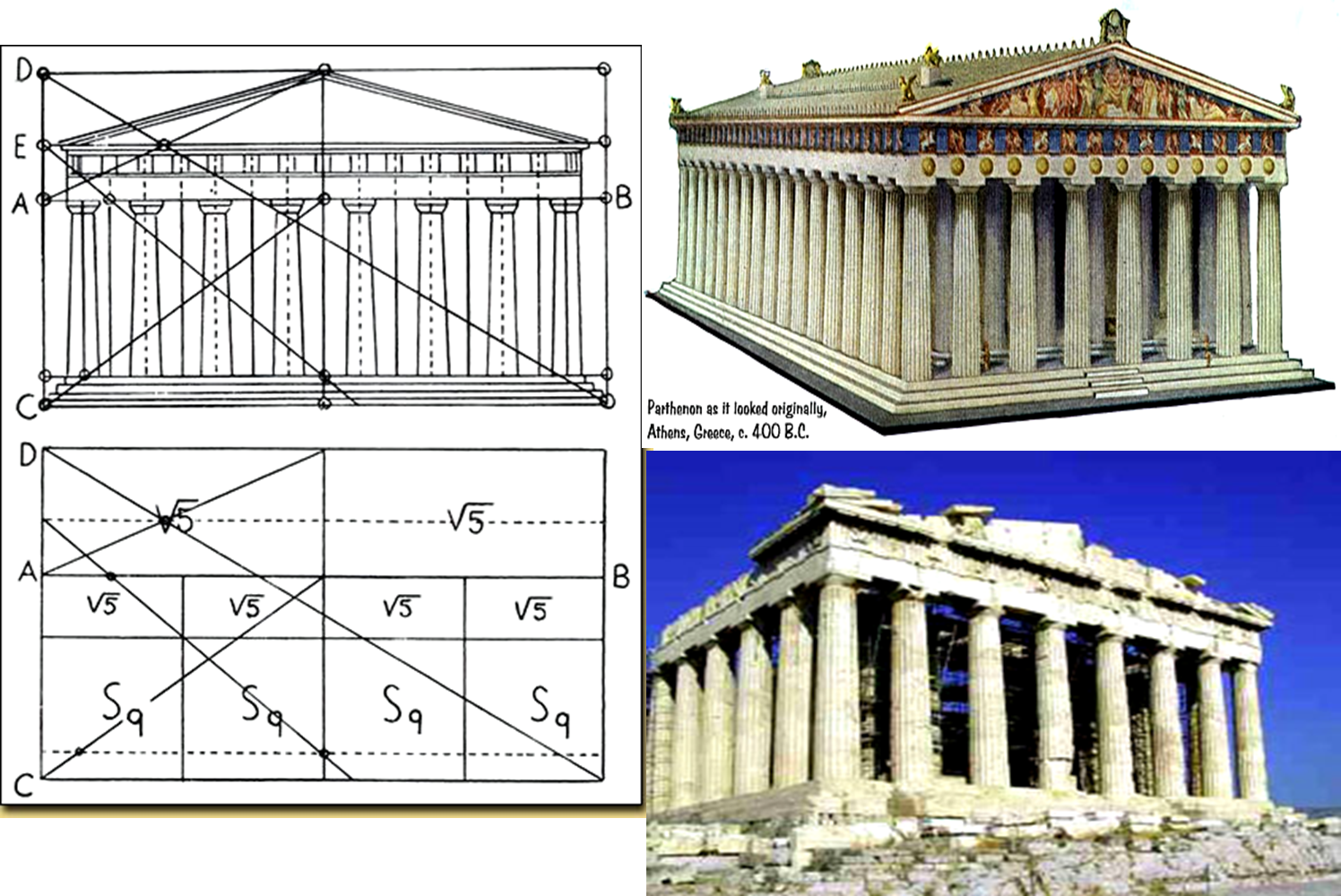3.3: Principles of Design- Scale and Proportion
- Page ID
- 156857
Overview
Scale and proportion are planning tools artists use to get the viewer's attention.
Scale
Scale sets the normal size that is seen within the artwork to show the relative size of one form in relation to another. Think of scale as setting the expectation for how large forms are (or should be) within a two-dimensional or three-dimensional artwork. The scale of an object can provide a focal point or emphasis in an image.
Proportion
Proportion refers to size differences. So that this principle of design is better understood, when looking at artwork, always pair proportion with scale.
There are three (3) ways to see a sense of proportion. Forms within the same work of art can be in proportion or out of proportion from one another. The scale is what determines whether the forms are larger or smaller than other forms seen in the work.
The ways in which to see a sense of proportion:
| 1. between separate parts of a whole object. The ears are a part of the puppy, but they’re an appendage (because they stick out away from the body). Puppy’s ears are pretty big right now, but one day (despite the fact he’s a hound dog), we know that those ears will look more in proportion to the rest of the puppy’s body. |
 |
|
2. between an object & its surroundings. In this work by Magritte, although they’re of different sizes, the sky, hot air balloon, candle stick & bottom part of the woman's body look as if they are within proportion to each other. The top two halves of the woman’s body look out of proportion with the other forms seen in this piece. |
Rene Magritte. Delusions of Grandeur II. 1948. Oil on canvas. 39-1/8 in. x 32-1/8 in. Smithsonian Institution, Hirshhorn Museum & Sculpture Garden, Washington, DC. |
|
3. between 2 or more objects meant to be read as a The female form is meant to be read as a whole unity, but notice the difference in the proportions between each section of the woman’s body. |
Rene Magritte. Delusions of Grandeur II. 1948. Oil on canvas. 39-1/8 in. x 32-1/8 in. Smithsonian Institution, Hirshhorn Museum & Sculpture Garden, Washington, DC. |
Other types of design principles
Following are other types of principles of design that use the principle of scale & proportion.
Hierarchical Scale
Hierarchical Scale occurs when the artist purposely enlarging one form in the artwork to show its importance.
|
Matthias Grünwald. Crucifixion, from the Isenheim Altarpiece. Monastery of St. Anthony. Germany, c. 1510-15. |
Take a ruler and size up the forms. Notice how they’re progressively larger? Christ's form is the largest, which means He is the most important figure in this altarpiece. |
Canon
A canon is what artists use to create mathematical relationships that ensure perfectly proportioned forms.
|
Leonardo da Vinci used the math inherent in geometric shapes (remember from your geometry class?!) to ensure that whatever size he drew a human form, the arms, legs, and torso of the body would always be in proportion to one another. |
Leonardo da Vinci. Vitruvian Man. c. 1492. Pen and ink with wash over metalpoint on paper. 13.6 in. × 10.0 in. Gallerie dell'Accademia, Venice, Italy. |
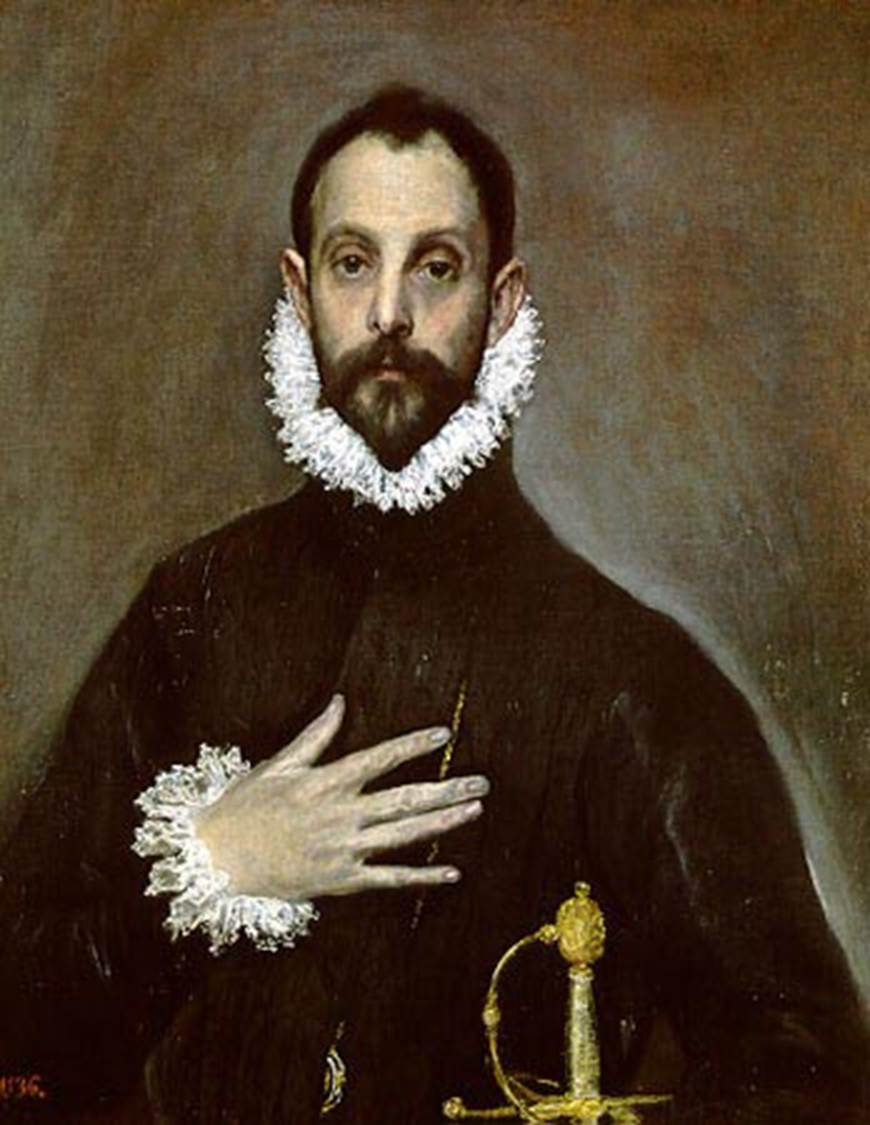 |
Notice how the man’s neck seems unusually long; head much smaller than it should be for the body and hands larger than what one would expect for the sitter’s upper torso. These slight differences can be attributed to the fact that a canon was not used to create this figure. |
|
Parthenon. Athens, Greece. 400 BC. |
Canons are also used in three-dimensional artworks. The Parthenon uses the Golden Ratio (a.k.a. Golden Mean). |
What is the Golden Ratio?, uploaded by Interesting Engineering. YouTube. https://youtu.be/4xpda7WB87w
Human Scale
Things on a human scale are the size we expect them to be in relation to the norm. American sculptor Claes Oldenburg and his wife Coosje van Bruggen create works of common objects at an unexpected and enormous scale. Their Spoonbridge and Cherry at the Walker Art Center in Minneapolis weighs almost 7000 lbs. As big as it is, the work retains a comic and playful character, in part because of its gigantic size. This kind of sculpture lends itself to public art because it appeals to most viewers of all ages.
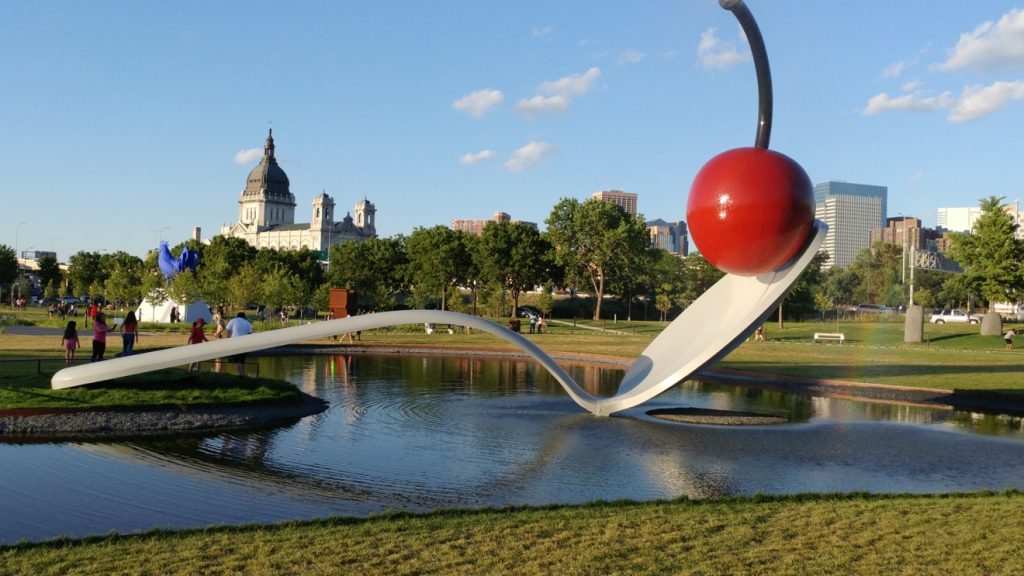
Claes Oldenburg Coosje van Bruggen, Spoonbridge and Cherry, 1985-88, aluminum, stainless steel, paint, 354 x 618 x 162”.
Walker Art Center, Minneapolis, MN. Photo by Lois Chattin with permission of the artist.
- The scale sets the size of forms seen in the artwork
- Proportion works in relation to scale to visually communicate which forms are in (or out of) proportion to the form that sets the scale for the work.
Source
Christopher Gildow, Washington State Board for Community and Technical Colleges, http://opencourselibrary.org/art-100-art-appreciation/
 This work is licensed under a Creative Commons Attribution 3.0 License.
This work is licensed under a Creative Commons Attribution 3.0 License.


